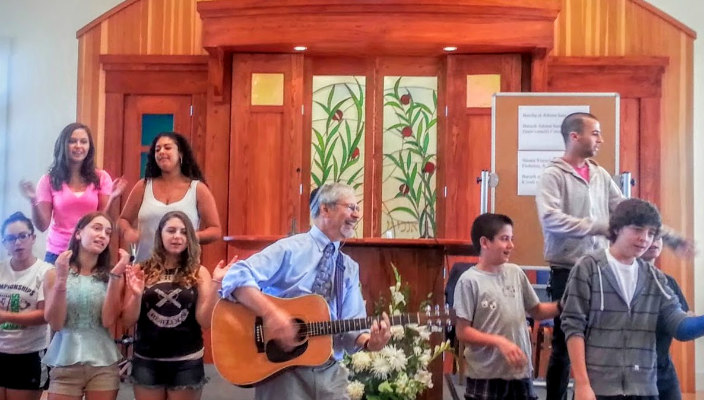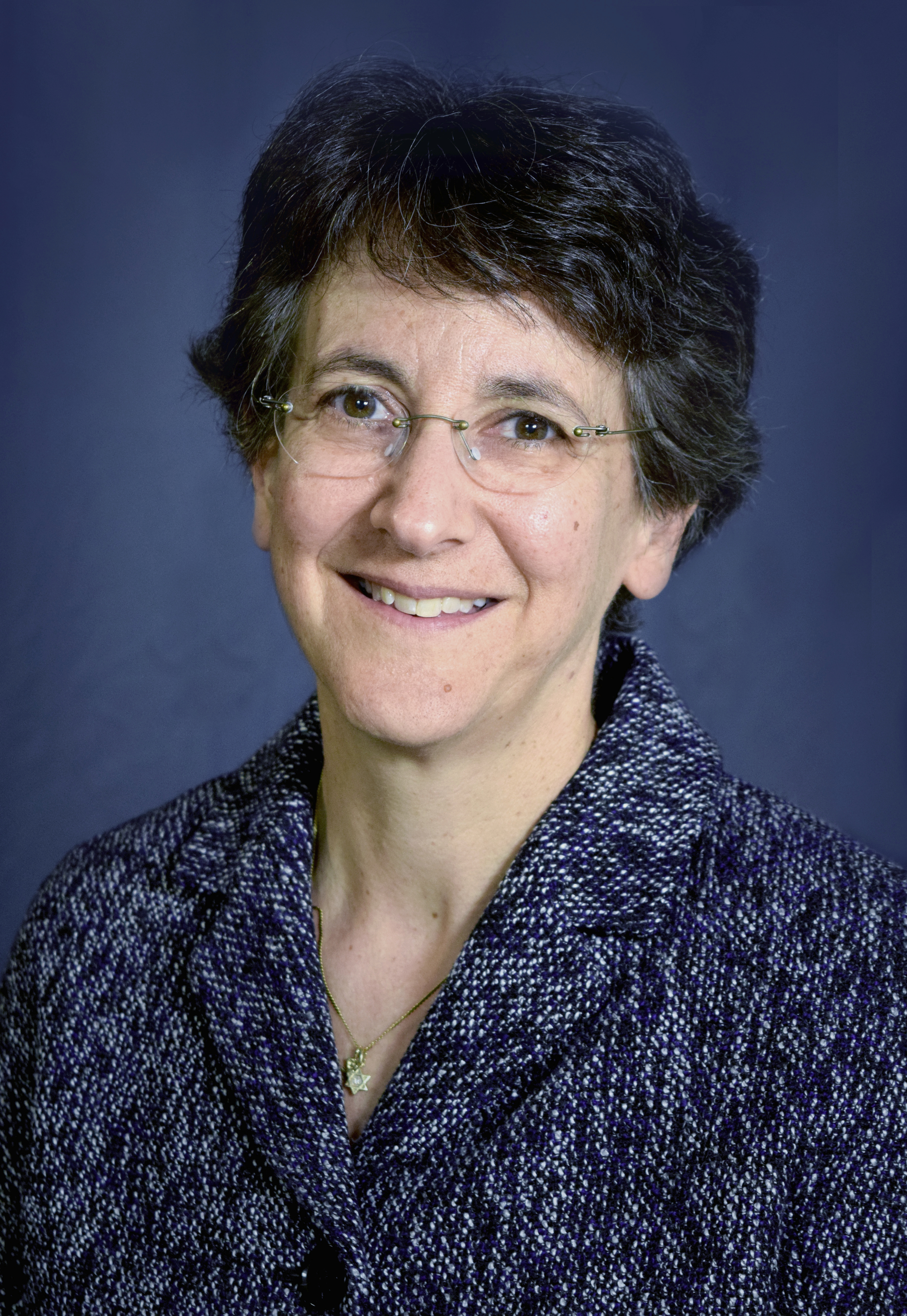This Year's Top 9 Trends in Congregational Life
Image

Throughout 2016, as colleagues and I visited congregations across North America, we were inspired by the many ways they are adapting to the changing landscape of our world. Although congregational size and geographic location certainly influence the way leaders address specific community needs, we observed these nine overarching trends in congregations this year.
- Redefining Governance Structures: To fully engage leaders and make the governance process more effective, congregations are assessing and modifying their governance structures. Many communities are reducing the size of their governing bodies and transforming the larger bodies into advisory councils. For example, Temple Emanuel in Denver, CO, reduced its board by more than 50%, also changing its function from operational to policy-setting. These changes not only empowered board members, but also created more effective and well defined partnerships among various leaders within the congregation.
- Renewing Focus on Baby Boomers: Congregations once again are recognizing that baby boomers are a valuable, sacred resource, and that they require an exclusive engagement strategy. Congregation Rodeph Shalom in Philadelphia, PA, launched the BoomRS program to meet the needs of this demographic cohort. What started as a series of lectures for empty nesters has become a community of friends who meet regularly for social gatherings, discussions, and opportunities to strengthen their relationships with each other.
- Blending Teens’ Formal and Informal Experiences: Unlike in the past, when formal programs, such as confirmation or Hebrew high were separate and distinct from teens’ informal youth group and social action experiences, congregations are providing more fluid experiences for teens. The Pathways program at Temple Shaaray Tefila in New York, NY, is a great example because teens participate in a wide variety of experiences all under one program umbrella.
- Increasing Small Groups Work: Particularly in larger congregations, we observed a tendency to engage congregants in small groups of no more than 15 members, often organized around intimate discussions of Judaism, shared interests, similar life stages, or neighborhood geographies. These small groups strengthen individuals’ connection to the congregation and make affiliation even more meaningful. Larchmont Temple in Larchmont, NY, has more than 20 small groups as part of its “LT Connects” initiative, revolving around such topics as holiday baking, Mussar, hiking, and interfaith couples.
- Starting With “The Why”: Many congregations are shifting from doing what they have always done to asking questions such as “Why do we exist?” and “What do we hope to achieve as an institution?” After watching Simon Sinek’s “Start with Why” TED Talk at a recent board retreat, leaders of Temple Sinai in Reno, NV, articulated their congregation’s collective “why” as “being an inclusive Jewish community that supports members to fulfill their unique purpose in the world.” They also moved toward incorporating behaviors that support this vision, including Shabbat dinners in members’ homes, a parenting support group that offers assistance and care for members, and co-sponsoring a Syrian refugee family.
- Using Video as a Communications Tool: With the popularity of such video sharing platforms as YouTube and Vimeo, congregations increasingly are adding video to their communications toolbox. In addition to streaming services, messages from leaders, and holiday videos, Temple Sholom in Cincinnati, OH, recently used its Vimeo channel to share a music video of the congregation’s vision and a short suspense film about the need to move away from “the way we’ve always done it.”
- Registering Voters and Protecting Their Rights: Many congregations got involved in social justice work this year, focused especially on voter protection and registration. The Temple in Atlanta, GA, studied racial justice as a community and campaigned for voter participation and registration as part of the RAC’s Nitzavim initiative. Twenty-two people from Congregation Beth El in Berkeley, CA, canvassed and registered voters for three days before the election.
- Embracing Diversity: Efforts to support and welcome members of the LGBTQ community are increasing. Congregation Kol Ami in Elkins Park, PA, recently hosted a conference to help bring awareness, knowledge, and change around transgender issues to the congregation and the Jewish community-at-large.
- Shifting to a Full-time Early Education Model: Increasingly, congregations are responding to busy working families’ needs for full-time early education programs. Through its Kehillah School, for example, Temple Israel in New Rochelle, NY, offers year-round, full-time early education for up to 12 hours a day, attracting families from as far as 15 miles from the synagogue.
Rabbi David Fine, Cara Fisher, Joy Friedman, Carly Goldberg, Michael Goldberg, Gila Hadani Ward, Jessica Kirschner, Jacob Kraus, Julie Lambert, Rabbi Esther Lederman, Daphne Macy, Rabbi Janet Offel, Judi Ratner, Cathy Rolland, Michelle Shapiro Abraham, Zahara Zahav, and Susan Zukrow contributed to this article.
Have something to say about this post? Join the conversation in The Tent, the social network for congregational leaders of the Reform Movement. You can also tweet us or tell us how you feel on Facebook.
Related Posts
Image

Congregational Consulting Cohorts: Addressing Challenges Together
Many URJ congregations face similar challenges, from growing membership to increasing community engagement to ensuring a bright future for the next generation. To help congregations find better solutions to high-level challenges, we're announcing the Congregational Consulting Cohorts.
Image

Enhance Meeting Effectiveness with Our New Toolkit
Whether your next congregational meeting is focused on collaborating, relationship building, or checking in on the progress of strategic initiatives, ensuring that it effectively meets your desired outcomes is critical. To help you in this important work, the Union for Reform Judaism has released our Effective Meeting Toolkit.
Image

Summer Resources for Year-Round Board Success
The summer months are a great time for presidents and boards of directors to kickstart planning for the upcoming year. Here are six important ways you can jumpstart your summer planning.

